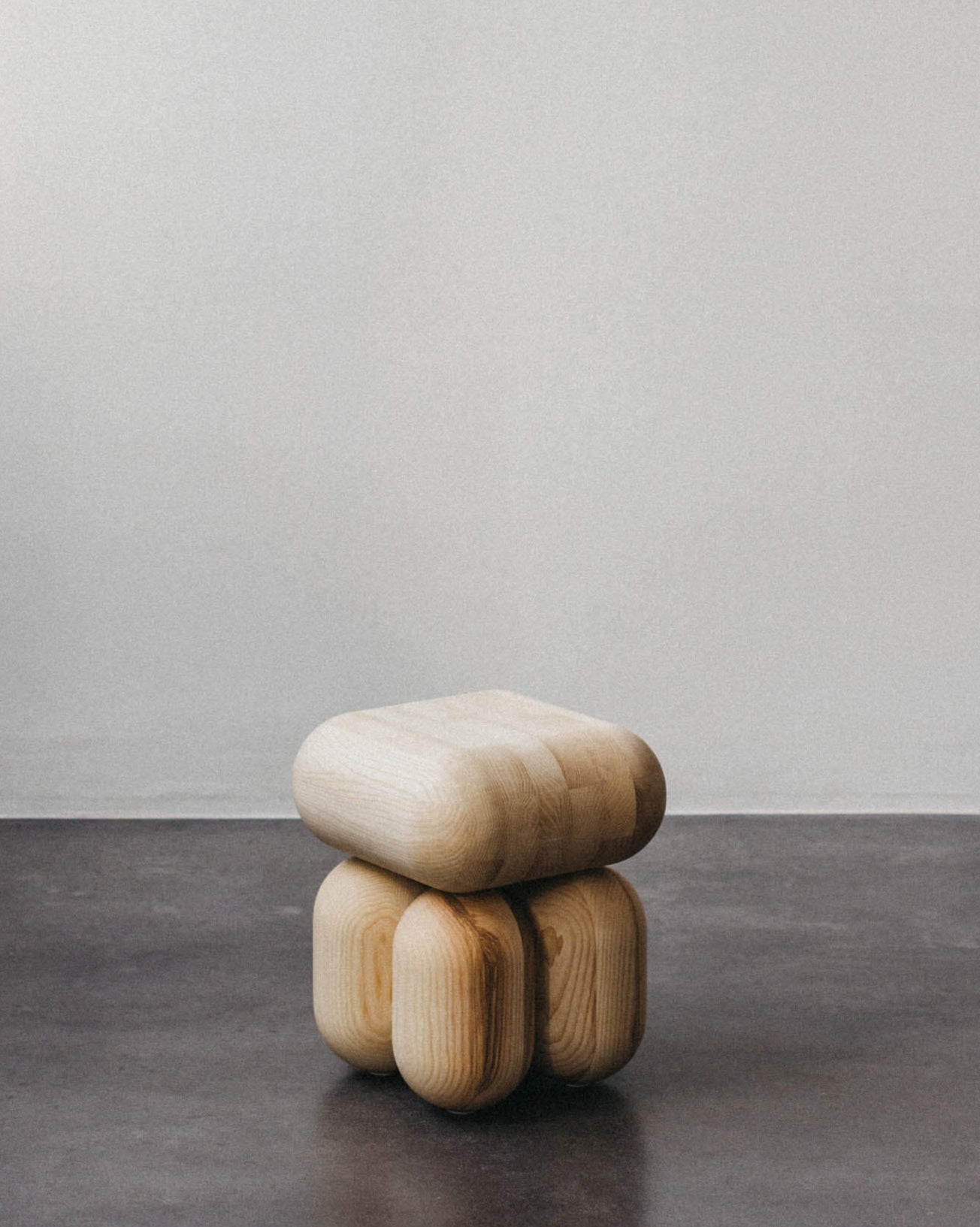
NEW FACETTES on Craft and Scale
The Soul of Design
Bil—Boe:
What does ‘craft’ mean to you in the digital age? Has its significance shifted as tools and techniques evolve, and how do you ensure that your work retains a sense of humanity or human touch?
NEW FACETTES:
Craft has evolved alongside digital tools, yet its essence remains unchanged—an intimate interaction between maker and material. The German term Handwerker (literally "hand worker") once described someone producing goods manually, but over time, craftsmanship has transformed into a pursuit of precision, often erasing traces of the maker’s hand. In contrast, contemporary craft celebrates these marks, embracing human involvement as an antidote to mass production.
We define craft as the ability to produce objects through direct physical engagement with materials and tools, whether digital or traditional. By separating design and production, we expand our creative possibilities, generating forms that might not emerge in a purely hands-on crafting process. Sketching, modeling, technical drawings, and mockups are integral to our approach, while skilled craftsmen translate our ideas into physical reality. Our practice is an evolving experiment—an ongoing dialogue between modern, postmodern, and post-digital influences.
Bil—Boe:
Is there tension between tradition and innovation in craft? How do you navigate between time-honored techniques and the push for new materials, methods, and technologies?
NEW FACETTES:
This tension exists, but it is both necessary and productive. Traditional craftsmanship is rooted in generational knowledge—proven techniques that yield distinct qualities. Simultaneously, design evolves through new materials, digital tools, and shifting societal influences. Emerging production methods enable new design possibilities, making innovation and tradition complementary rather than opposing forces.
We aim to balance these elements: preserving the soul of craftsmanship while optimizing material use, sustainability, and functionality through contemporary solutions. Time-honored joinery, hand-finished surfaces, and the natural properties of materials give our furniture depth and character. At the same time, digital tools like CNC milling allow for efficiency and exploration of new forms. Innovation does not replace tradition—it refines and extends it.
Bil—Boe:
Can craftsmanship exist in a world of automation? With AI and digital fabrication redefining production, where does craft sit in this landscape—does it resist, adapt, or merge with these advancements?
NEW FACETTES:
Absolutely. The human impulse to create persists, even in an era of perfected automation. Art and design continuously react to technological progress—sometimes embracing, sometimes resisting, often existing in an ambiguous in-between. Our work reflects this duality: objects that appear digitally generated yet are crafted from everyday materials using contemporary techniques.
We embrace the traditional goal of craftsmanship—to create objects of seemingly impossible perfection—while ensuring their materiality subtly references the human touch. Our designs draw from sculptural traditions, but rather than existing as singular art pieces, they function as abstract concepts that evolve over time. Through automation and innovation, we transcend the need for serialized production, positioning our work in a space between analogue craft and its digital counterpart—what we call "hyper-digitalism."
Scaling Without Losing Soul
Bil—Boe:
Where do you draw the line between accessibility and collectibility? Should good design be democratized, or does exclusivity enhance its value and desirability?
NEW FACETTES:
The value of a product arises from its inherent qualities and the unique meaning it holds for the individual—whether through design, material, or personal association. This sense of connection makes an object meaningful and, in that sense, "collectible." We do not believe that accessibility or exclusivity should define an object’s desirability to you.
We aim to make our designs as accessible as possible while acknowledging the complexities of true accessibility. Solid wood—our primary material—is inherently costly, making affordability a challenge in today’s short-lived consumer landscape. However, when viewed over the full lifecycle of an object, a well-crafted piece that lasts decades may ultimately be more economical than continuously replacing lower-quality alternatives. This long-term perspective aligns with both accessibility and sustainability.
Good design should foster care and longevity, resisting the disposable mindset that dominates contemporary consumer culture. Our furniture starts as impossibly pristine but evolves over time—acquiring patina, marks, and signs of use that tell its story. A well-repaired stool, darkened with age and reinforced with a bowtie joint, carries a history that a new counterpart lacks. Accessibility and sustainability, therefore, are not just technical challenges but cultural ones—requiring a shift in how we engage with the objects in our lives.
Bil—Boe:
What is the designer’s role in shaping a conscious future? Beyond making desirable objects, do designers have a moral responsibility to challenge unsustainable systems, shift mindsets, or redefine the way we interact with the material world?
NEW FACETTES:
Designers play a crucial role in fostering a more conscious future by redefining the relationship between people and objects. Our responsibility extends beyond aesthetics—we must challenge unsustainable systems and advocate for long-term value over short-lived trends. The goal is not just to create beautiful objects, but to cultivate an understanding of quality, longevity, and thoughtful consumption. In an era of hyper-consumption, where trends dictate the rapid disposal of goods, design should encourage deeper, lasting relationships with the objects we use.
A key aspect of this is improving design literacy. By fostering an understanding of what makes an object well-made and meaningful, we empower people to make conscious decisions—whether through investing in durable furniture, repurposing or repairing existing pieces, or developing a renewed appreciation for objects they already own. In a culture where novelty is constantly marketed as a necessity, our challenge is to shift the focus from disposable consumerism to enduring engagement with objects.
Article by Ollee Means.
Image by Nancy Ebert.